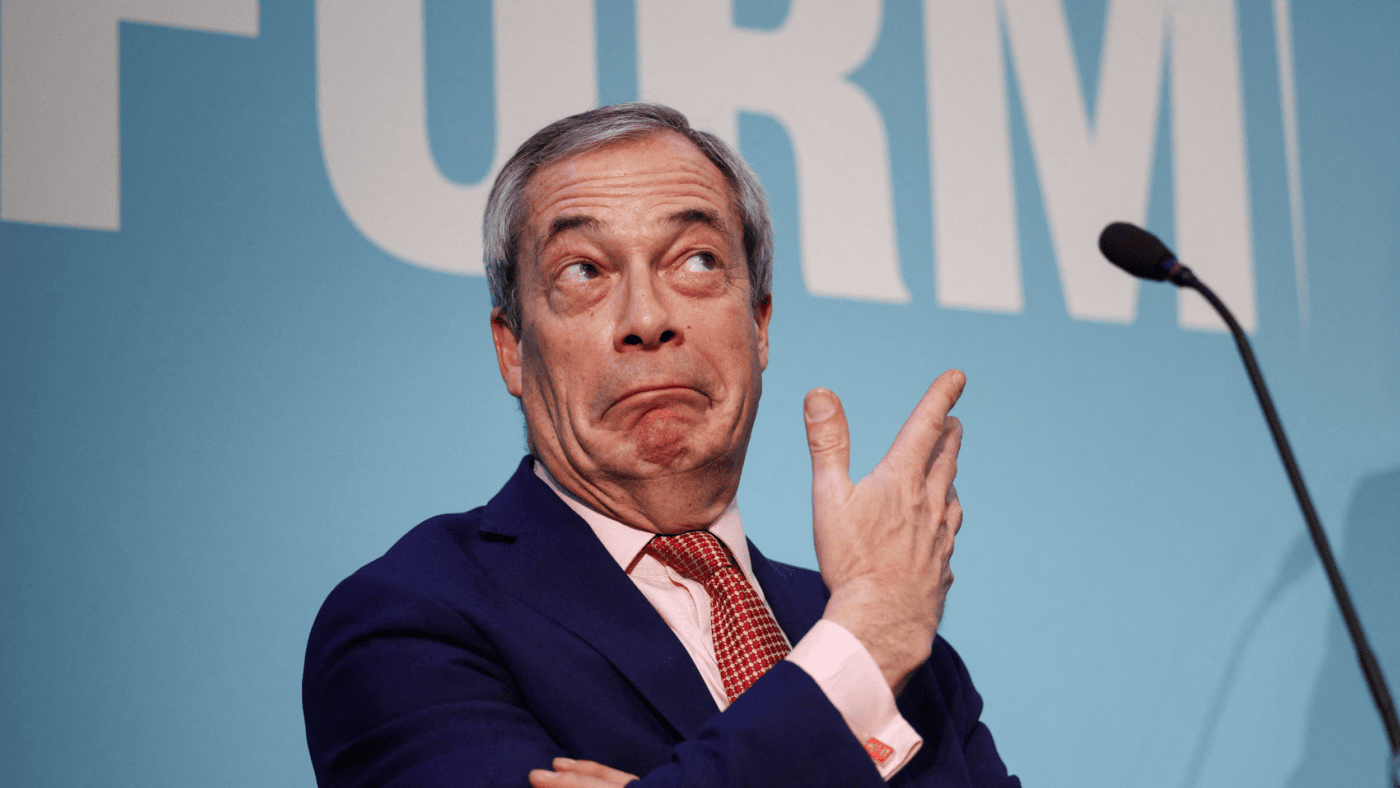Reform is now well ahead in the opinion polls and has been for some time. Labour is the Government and has a massive Parliamentary majority. Furthermore, Reform is widely seen as the most right-wing of the four political parties with highest polling support and Labour the most left-wing.
So it is natural enough to see, at least for now, the next election as shaping up to be a new kind of two-party battle, with an upstart challenger, Reform, facing off against Labour as the establishment incumbent. In the process, the Lib Dems and Tories could be reduced to the two smaller parties with as-yet uncertain roles post-election, perhaps relegated to junior coalition partners.
Yet is it really game over for the Tories? Their backers still seem to hope that the Conservatives can re-emerge as alternative candidates to Reform for the role of Labour’s challenger. A lot could happen before the next election, and one scenario is indeed that Reform’s support falls back, the Tories recover and politics defaults back to the Labour versus Tories norm that our political system has delivered since World War II.
I’ve discussed before why I don’t think it’s likely that the Tories can recover versus Reform and you can believe me on that or not – I’m not intending to re-argue that today. I also think there is nothing for Reform in doing any kind of pact with the Tories (other than one in which the Tories wind themselves up and join Reform).
But there’s another scenario out there, which may seem wildly implausible at first but that polling suggests may be less out of reach than one might suppose. What if our currently fractured, unstable politics produces a new two-party system that includes Reform as one of the parties (so the Tories don’t recover versus Reform) but Labour isn’t the other?
It may seem difficult to imagine Labour going from having a 174 seat majority in 2024 to not even being one of the two main parties within a General Election or two (or three). But opinion polls don’t seem to suggest that is out of reach. In the MoreInCommon poll released today Labour was in third place behind Reform and the Tories. In the Freshwater Strategy poll conducted from June 6–8, Labour and the Tories were neck-and-neck on 21% (trailing Reform on 32%). In several polls from late May onwards Labour’s polling share was only two or three points ahead of the Tories’. When one considers seat projection models, matters are even stranger, as the efficiency of the Lib Dem vote frequently puts them in third place ahead of the Tories and sometimes in second, ahead of Labour.
Maybe, Dear Reader, you feel you can imagine the Lib Dems replacing Labour as the Party of the Left – in a numerically pleasing 2020s reversal of Labour’s displacement of the 1920s Liberals. But how could there be a two-party system of Reform versus the Tories? Wouldn’t that be Right vs Right? Surely such an arrangement would be highly unstable and a left-wing party would rapidly emerge to displace one or the other of them?
I don’t say I’m predicting Reform vs Tories is the future, but I’m not so certain it’s inconceivable. Presumably in this arrangement the Tories would be the party more to the ‘Left’ and Reform more to the ‘Right’. But those terms wouldn’t really mean the kind of thing we were used to throughout the Labour vs Conservatives two-party system, with the Tories being the lower-tax, more private enterprise party, slightly more pro-defence and pro-police and Labour notionally more pro-public services.
In a Reform-Tory two-party system the dividing lines would be different – perhaps more akin to Republicans vs Democrats or to Tories vs Liberals in the nineteenth century. The new Tories would be the Left, like the Democrats are in the US. These Democrat-style Tories would presumably be pro-trade, anti-remigration, pro-climate-change-mitigation, pro-legal-burka, anti-death-penalty. Reform would take the opposite view. Those would be the key Left-Right dividing lines.
Another way to think about it might be that there would be a party of keeping things much as they are (the Tories) and a party of radical change (Reform). That is a rather obvious and well-ploughed furrow for two-party arrangements. It’s just that we used to think the ‘radical change’ party had to be seeking change from the Left. But that was in a world before the centre-left got to dominate our governing institutions so completely in the way it has achieved over the past 20 years. Now the Left is the establishment and calls for reform are coming from the Right. So perhaps it could be natural to have a keep-things-as-they-are party versus a change-things party and the change-things party be the right-wing one.
What, though, of classical political liberalism and pro-market ideas – the kind of things a CapX reader might up to now have favoured? I’m afraid all that is obsolete 1980s and 1990s thinking, no more relevant to the 2030s than the political priorities of the 1880s were to the 1930s. We political liberals had our moment of dominance and we blew it spectacularly. We are unlikely to enjoy either end of the political divide, however things go in the next few decades. We can only cry out in the wilderness, awaiting the time the political wind blows our way once again.
Click here to subscribe to our daily briefing – the best pieces from CapX and across the web.
CapX depends on the generosity of its readers. If you value what we do, please consider making a donation.


